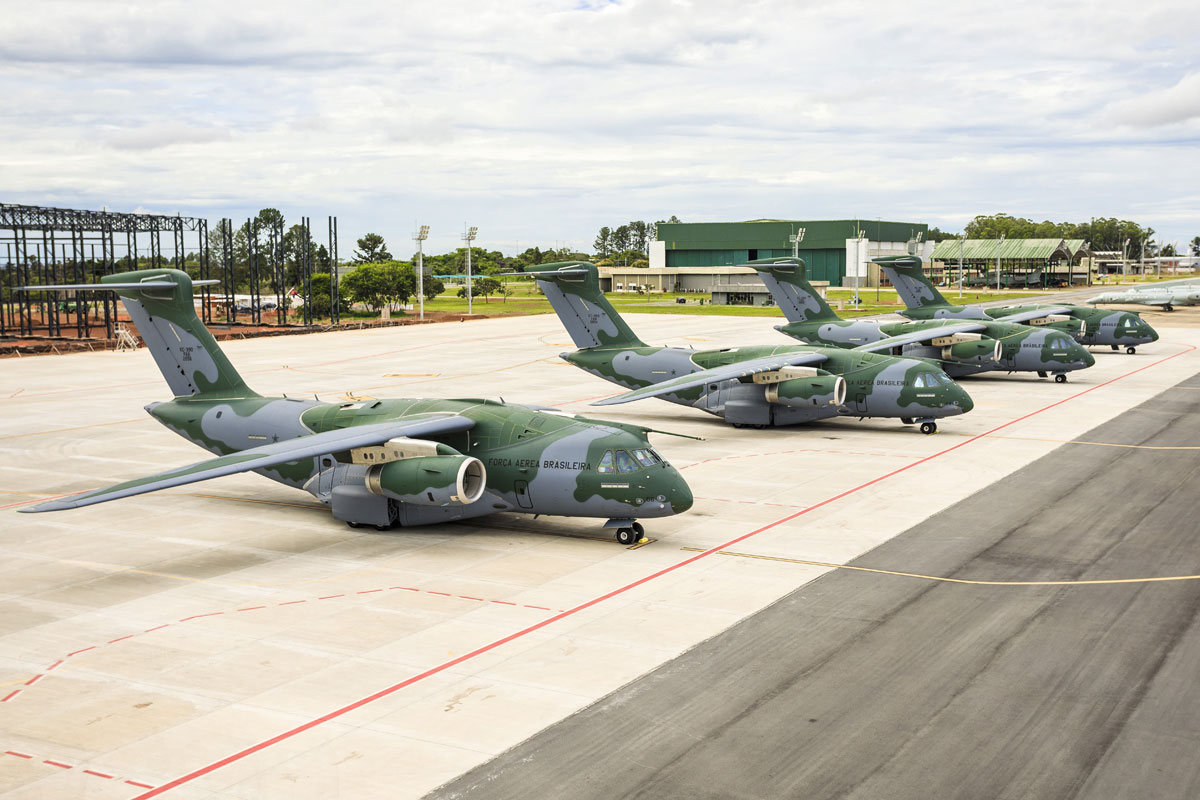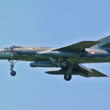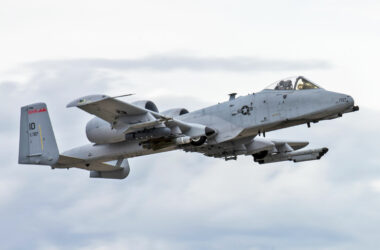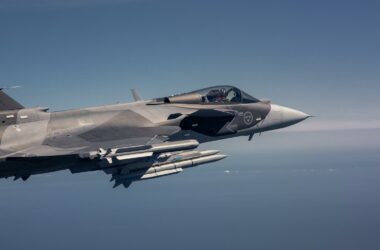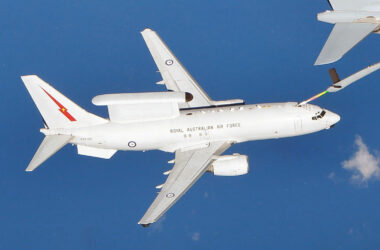One of the most unmistakable aircraft in the world, the A-10 Thunderbolt II has also proved indispensable to the US Air Force (USAF). Developed by Farchild Republic in the 1970s, the aircraft was conceived with a heavy ground attack mission, using a wide variety of armaments and also the massive 30 mm GAU-8A Avenger cannon.
But instead of being a slender aircraft, the “Warthog” is an oddly shaped jet, with engines installed in rear mounts and a double tail, like in World War II planes. The A-10’s wings also dispense with sweeping as it flies at low speed and altitude.
The wings are precisely the most sensitive part of the jet as it has a shorter lifespan than other Thunderbolt II components. For this reason, the USAF decided years ago to undertake a peculiar update on the aircraft, the replacement of the set of wings, work carried out by Boeing since 2011.
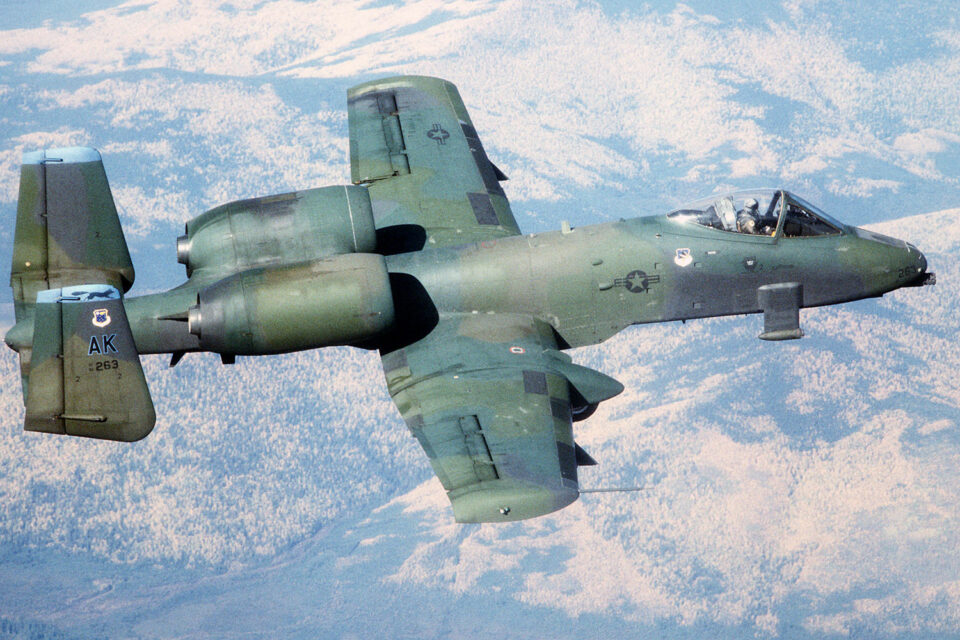
The manufacturer had already delivered 173 of those kits by 2019, when the Air Force placed a new order for 50 sets, which began shipping to Hill Air Force Base in Ogden, Utah, according to Boeing.
To produce the new wings of the A-10, Boeing reactivated the assembly line and the tooling, which were in storage, in addition to having the support of KAI (Korean Aerospace Industries) in the work. The assembly consists of the outer wing, center wing assembly, control surfaces and fuselage integration kit.
“Boeing is working diligently to deliver greatly needed new wings for the A-10 fleet,” said Lt. Col. Jaclyn Melton, materiel leader for A-10 Programs. The upgraded wings are more durable, efficient and easier to maintain, which allows the A-10’s lifespan to be reduced to 10,000 hours. The USAF currently has just over 230 aircraft in service in its fleet.


